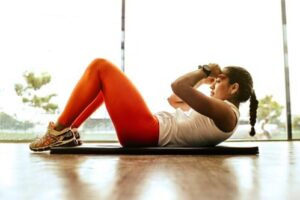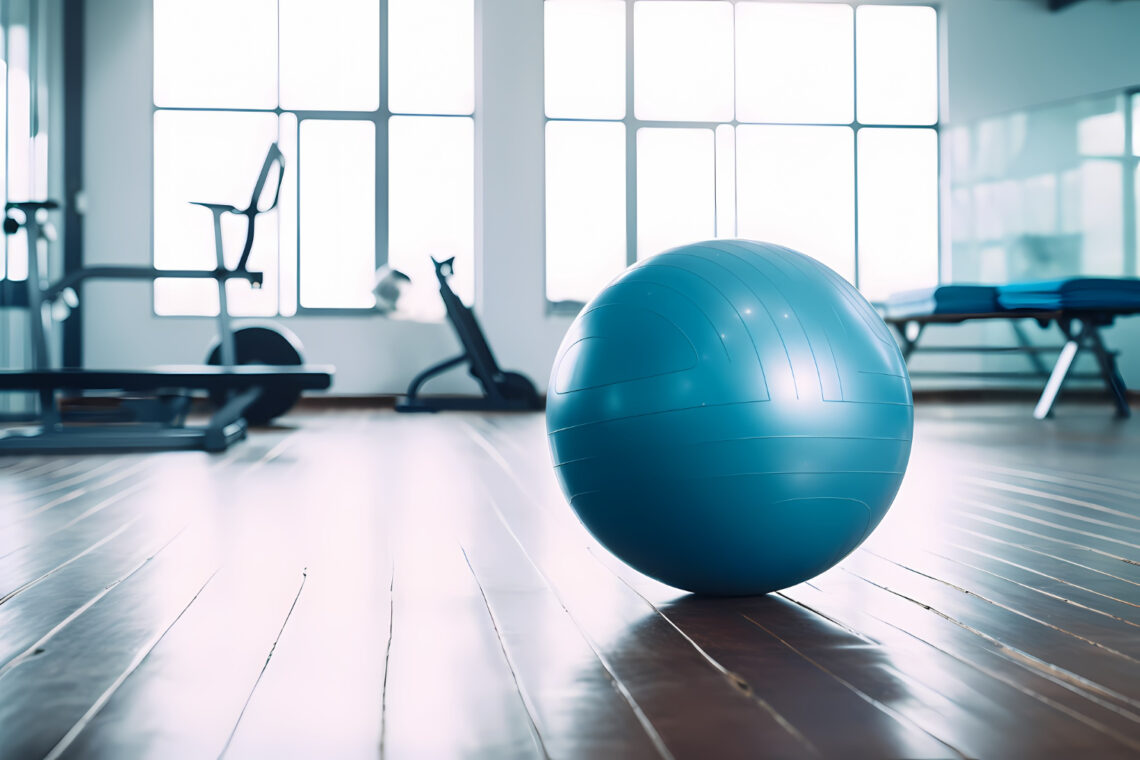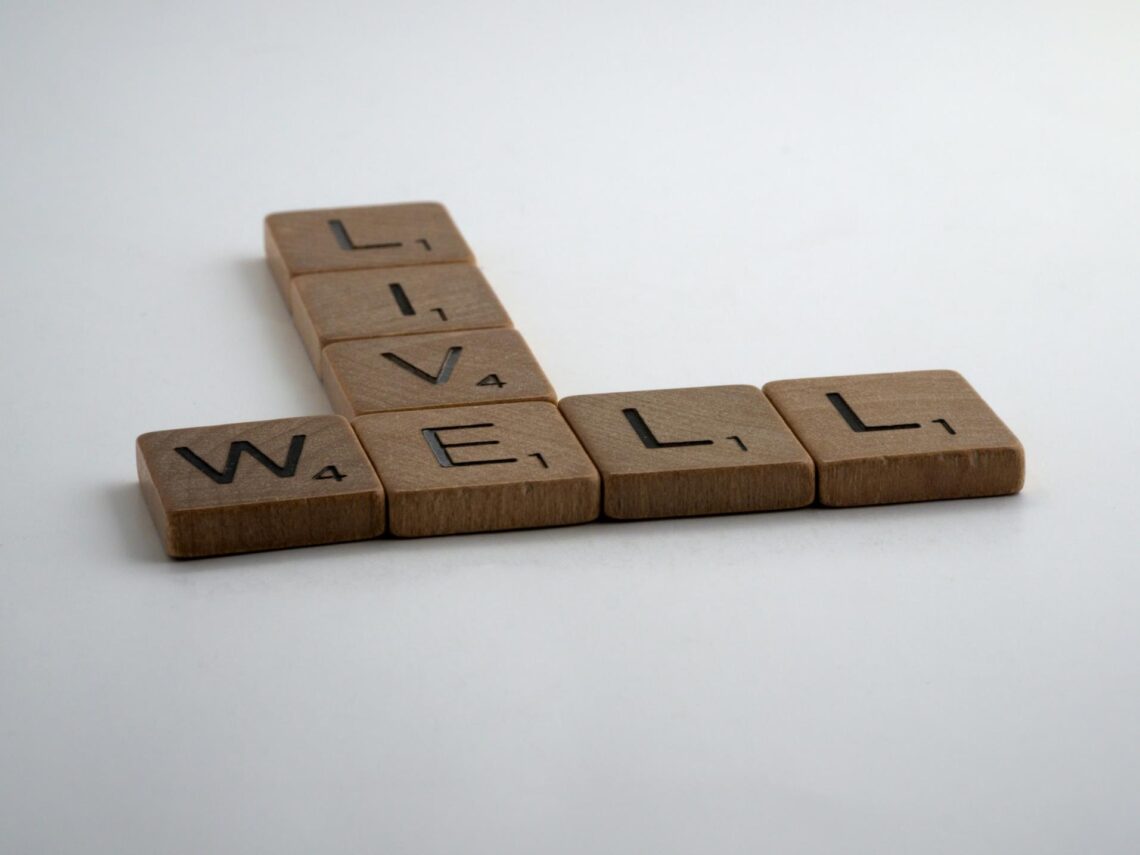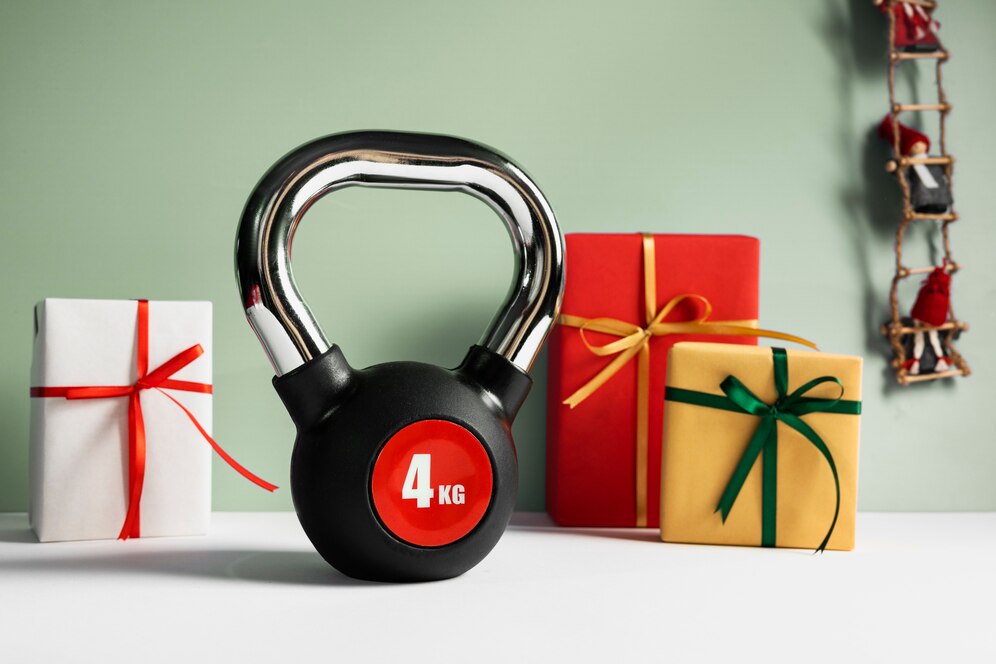If you just have been embarking on a new workout plan, I am guessing you may be a little sore from the first week of workouts?
Well, I will help you to appreciate that the slight comfort that physical exertion brings could be also rewarding.

According to Mayo Clinic, when it comes to a warmup gradually revs up your cardiovascular system by raising your body temperature and increasing blood flow to your muscles. Warming up may also help reduce muscle soreness and lessen your risk of injury. Cooling down after your workout allows for a gradual recovery of pre-exercise heart rate and blood pressure.
It is important to remember you need to factor in 5-10mins to warm up and 10-30mins cooldown time for its effectiveness.
Ok. Before I let you get on with your productive day let’s have a look at why you may be sore and what it means.
Beginning with a warmup
A warmup gradually revs up your cardiovascular system by raising your body temperature and increasing blood flow to your muscles. Warming up may also help reduce muscle soreness and lessen your risk of injury. Cooling down after your workout allows for a gradual recovery of pre-exercise heart rate and blood pressure.
Whether you are training at home or the gym, you still do some form of warm-up exercise:
Warming up shows your body some love. As your body temperature increases, you will loosen your joints and increase blood flow to your muscles. That means less stress on joints and tendons. Warm, well-lubricated joints prepare the body to execute sudden and/or explosive movements with ease.
Finishing with a cool down
Cooling Down: After exercise, your blood is heavy in your extremities and your heart rate is usually elevated. The purpose of the cooldown is to return your heart rate close to resting. Stopping quickly without a cool down can result in light-headedness, dizziness, and/or fainting.
Stretching keeps the muscles flexible, strong, and healthy, and we need that flexibility to maintain a range of motion in the joints. Without it, the muscles shorten and become tight. Then, when you call on the muscles for activity, they are weak and unable to extend all the way.
If you are not doing this then I recommend that you start and follow my best warm-up and best cooldown and stretch routine, to get you into a routine.
No pain, no gain
Delayed-onset muscle soreness (DOMS) is muscle pain that begins after you have worked out. It normally starts a day or two after a workout. You will not feel DOMS during a workout. Pain felt during or immediately after a workout is a different kind of muscle soreness
DOMS can last up to five days, with the effects usually worst on day two or three, then gradually improving without treatment.
While your muscle fibres are repairing themselves after a workout, they can often become knotted, reducing muscle elasticity and causing soreness and stiffness. Try using a foam roller, massage, and active stretching, which will help alleviate the discomfort of DOMS
These tears do need time to heal. Because your muscles need time to recuperate and grow, prevailing wisdom states that you should give sore muscles 1 to 2 days of rest before exercising them hard again.
Final Thoughts
It is important that you rest on a rest day. This means doing lighter activities and varying your training schedule to include active recovery. A rest day allows your body to consolidate the hard work you have been doing. Muscles recover, adapt, and become stronger and your nervous system has a chance to regenerate.
To sum up, it is important to do some pre-exercise before your workout as you’re doing cool down do your body a favour; so take time to gradually progress into your workout and cool down when you’re done being physically active.




